Text

Short-tailed Gymnure (Hylomys sp.), family Erinaceidae, order Eulipotyphla, Fraser's Hill, Malaysia
The gymnures/moonrats are in the same order as hedgehogs, moles, and shrews.
photograph by Nick Volpe Wildlife Photography
241 notes
·
View notes
Text
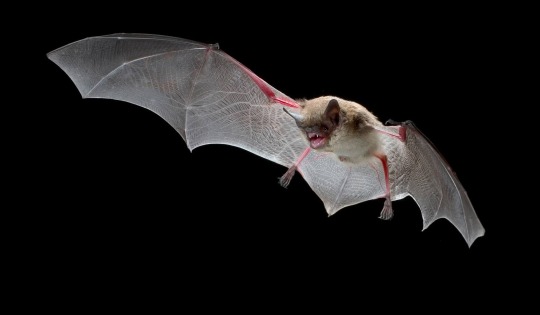
Little Brown Bat (Myotis lucifugus), family Vespertilionidae, found in much of the United States and Canada
ENDANGERED.
photograph by Michael Durham
Bat Conservation International
472 notes
·
View notes
Text
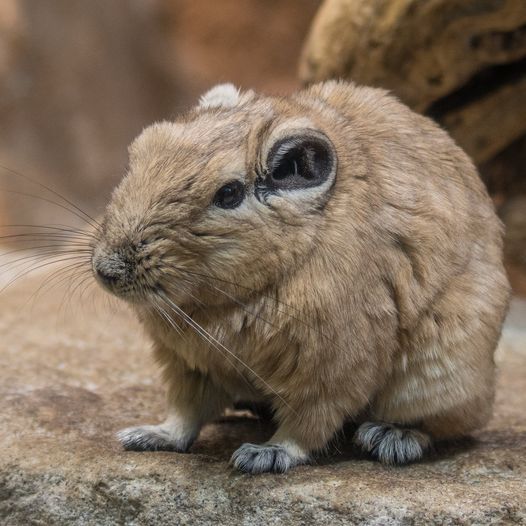
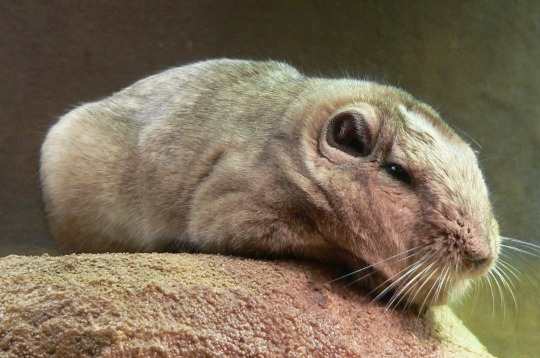
Gundi (Ctenodactylus gundi), family Ctenodactylidae, found in northern Africa
photographs by Threedots and Manfred M.
743 notes
·
View notes
Text

Green Jay (Cyanocorax luxuosus), family Corvidae, order Passeriformes, sitting on top of a Javelina (Dicotyles tajacu), family Tayassuidae, South, TX, USA
photograph by Steve Hillebrand
U.S. Fish and Wildlife Service
505 notes
·
View notes
Text

Blackbuck (Antilope cervicapra) male, Bovidae, India
Photograph by Pratik Bhatt
306 notes
·
View notes
Text
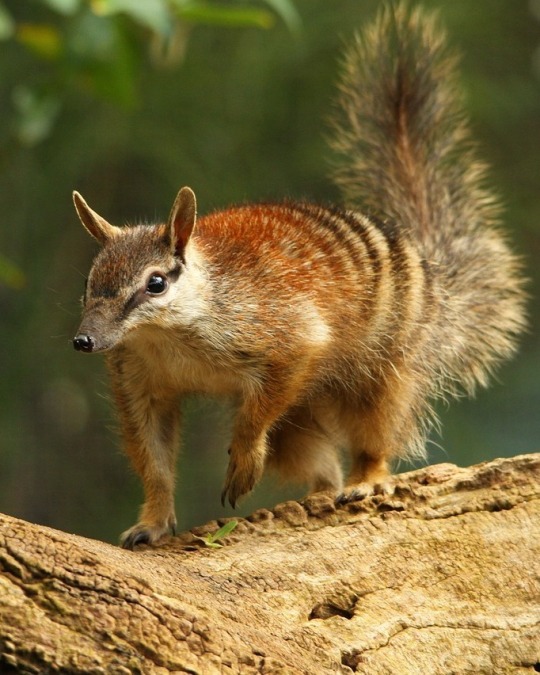
You might know about wombats, but what about numbats (Myrmecobius fasciatus)? These Australian marsupials are picky eaters with a taste for termites. Using their long tongues, these specialists can slurp down 20,000 of the insects in a single day! Unlike many mammals, the numbat’s mouth is filled with dull, peg-like teeth. But that doesn’t stop this critter, because it doesn’t chew its food anyway.
Photo: seashalia, CC0 Content, Pixabay
843 notes
·
View notes
Text

Ground Pangolin (Smutsia temminckii), family Manidae, order Pholidota, Gorongosa National Park, Mozambique
Vulnerable, due to habitat destruction and overhunting/harvesting for meat.
Feed on ants and termites.
The order Pholidota contains only pangolins.
photograph by Piotr Naskrecki
920 notes
·
View notes
Text
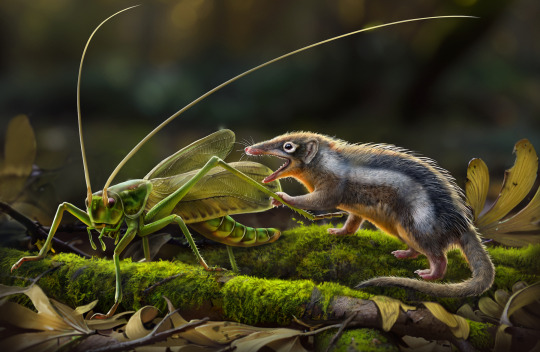
Research alert! New insights into mammalian tooth, jaw, and ear evolution, gleaned from analyzing fossils of two Jurassic-era mammal species from China, are reshaping how scientists think about early mammals. This research, led by scientists at the Museum and the Chinese Academy of Sciences, focuses on two new species of fossil mammals—Feredocodon chowi and Dianoconodon youngi—that offer new evidence about early mammalian evolution.
“Scientists have been trying to understand how the mammalian middle ear evolved since Darwin’s time,” said Jin Meng, a curator in the Museum’s Division of Paleontology and a corresponding author on both papers. “These new fossils bring to light a critical missing link and enrich our understanding of the gradual evolution of the mammalian middle ear.”
Check out our latest blog post to learn more!
Image: Chuang Zhao
417 notes
·
View notes
Text
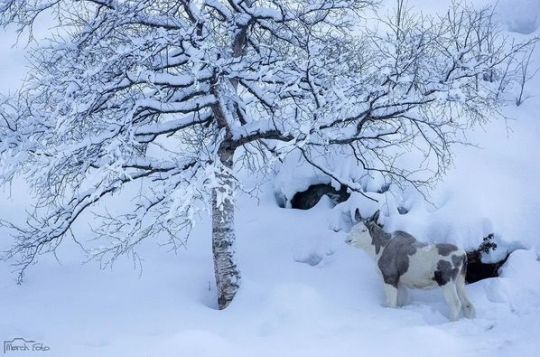
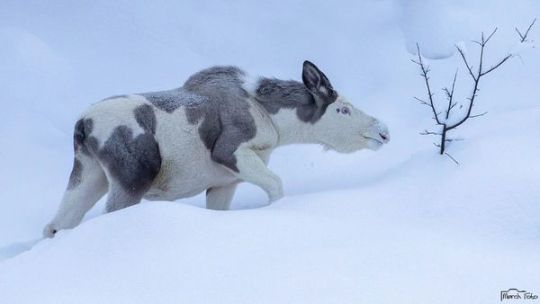
Moose (Alces alces), juvenile, piebald coloration, family Cervidae, eastern Norway
photographed by Thomas Morch
ᴍøʀᴄʜ ғᴏᴛᴏ 🇳🇴 (@m0rch)
6K notes
·
View notes
Text

American Marten (Martes americana), family Mustelidae, Alberta, Canada
The American and Pine Martens were once thought to be one species, but have been split apart, because of genetic and anatomical differences.
Some people still refer to the North American population as "Pine Martens", however.
photograph by Korban Schwab
346 notes
·
View notes
Text
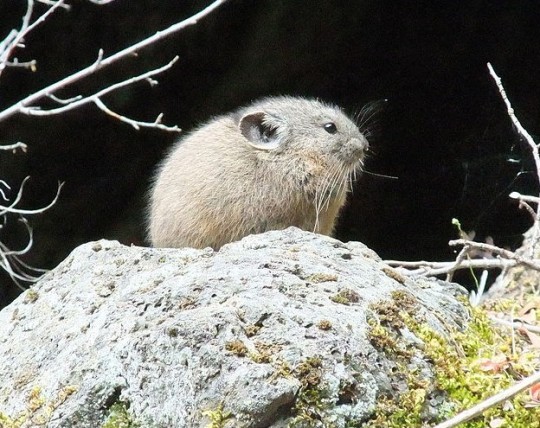
American Pika (Ochotona princeps), family Ochotonidae, order Lagomorpha, Lassen Volcanic National Park, northern CA, USA
Photograph by National Park Service
205 notes
·
View notes
Text
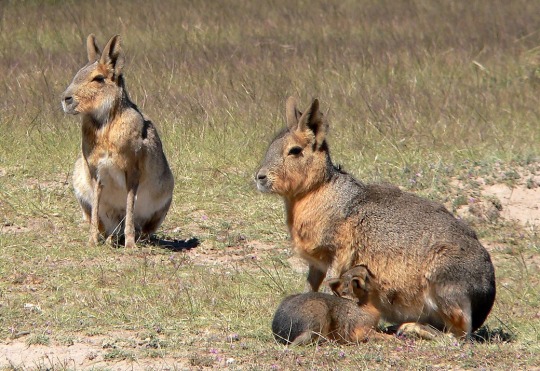
Patagonian Mara (Dolichotis patagonum), family Caviidae, Valdes Peninsula, Patagonia
These fast, large rodents are the size of a medium sized dog, 75 cm (30 in) long, and 16 kg (35 lb).
photograph by Jason Hollinger
140 notes
·
View notes
Text
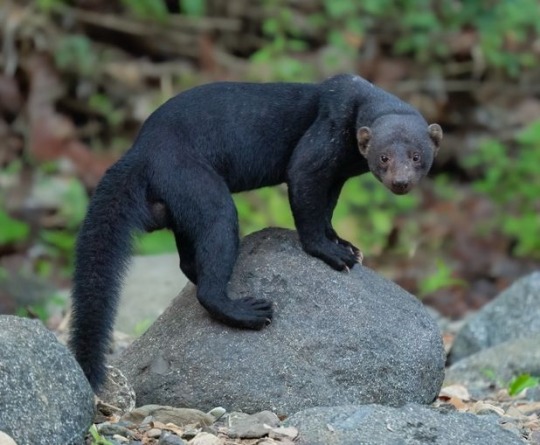
Tayra (Eira barbara), male, family Mustelidae, Costa Rica
photograph by Ben
Tropical Birding Tours
334 notes
·
View notes
Text

Tayra (Eira barbara), family Mustelidae, Brazil
photograph by Ninahale
152 notes
·
View notes
Text
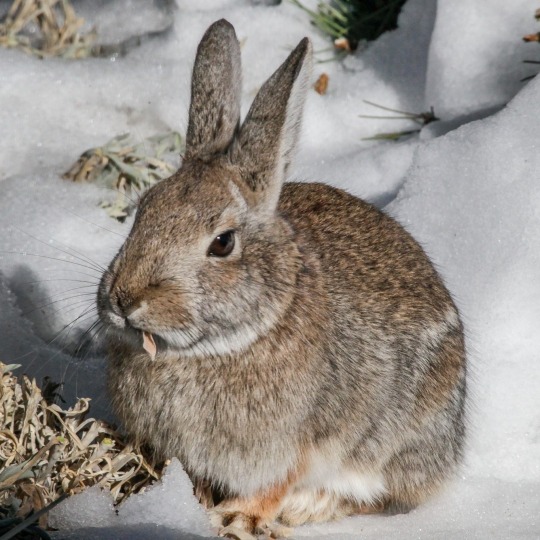
Mountain Cottontail or Nuttall's Cottontail (Sylvilagus nuttallii), family Leporidae, Rocky Mountain National Park, CO, USA
photograph by NPS Photo/Schonlau
160 notes
·
View notes
Text

Sun Bear (Helarctos malayanus), family Ursidae, found in SE Asia
photograph by John Quine
176 notes
·
View notes
Text

Ribbon Seal (Histriophoca fasciata), family Phocidae, Bering Land Bridge National Preserve, Alaska
photograph by Josh London
2K notes
·
View notes